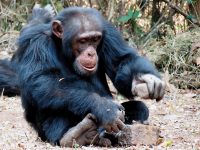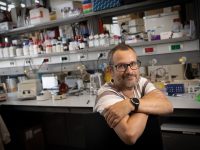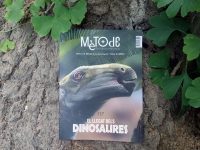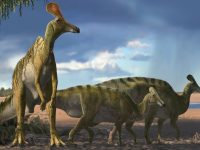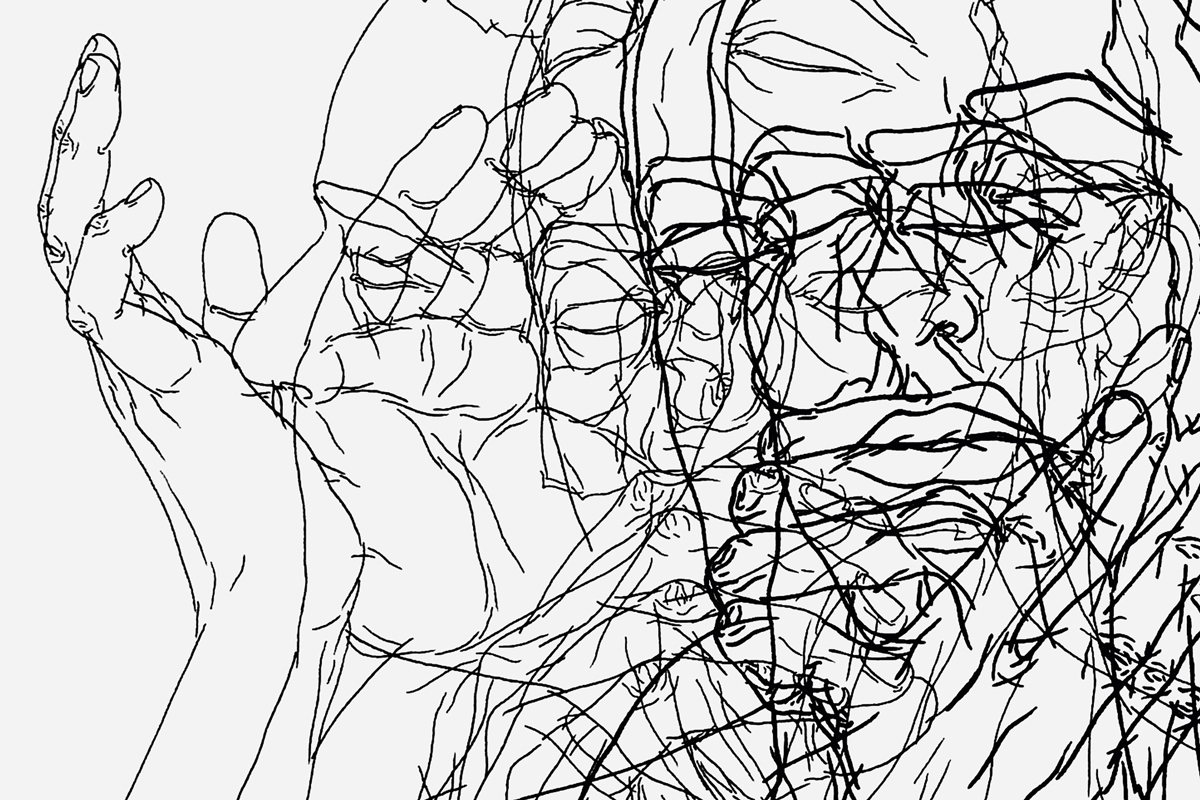
Despite the bewilderment caused the almost continuous bombardment of news about the discovery of a new fossil that revolutionizes everything we knew until now about human evolution, at the beginning of the twenty-first century, there is a broad consensus regarding certain key moments in our evolution, from the first clearly bipedal hominins, about four million years ago, to the origin of our own species, Homo sapiens, about 300,000 years ago. This consensus on the broad lines of our evolution, however, does not preclude a considerable number of unanswered questions and uncertainties, which are still under discussion today.
This Mètode monograph aims to review some of these outstanding issues. A number of these unknowns affect the origin and evolution of the genus Homo, to which I have dedicated my contribution, which opens the monograph. The difficulty of defining and recognising new species in the fossil record of our genus is precisely the issue covered by Ian Tattersall in his contribution. The appearance of palaeogenomics in the study of human evolution, the subject of Carles Lalueza-Fox’s contribution, has opened up new expectations in this regard. The research on the Georgian site of Dmanisi occupies a prominent place in this field, both in relation with the variability observed in the hominid population of this site, and the conditions that forced the first departure from Africa, which I analyze with Professor David Lordkipanidze.
But the study of human evolution is not nourished only by paleontological remains, but also by the archaeological evidence associated with them, in the form of lithic utensils that inform us about the behaviour of our ancestors, as evidenced by the contribution of Eudald Carbonell, José María Bermúdez de Castro and Robert Sala. A contribution that also highlights the relevance of research in the Atapuerca karstic complex for the study of the first human populations in Europe. A monograph, in short, which explores the origins and evolution of our species.

